Our extra-large special edition is here. Subscribe today and receive the 25% longer issue at no extra cost!
Early Zelda: Breath Of The Wild Concepts Show Link Without An Arm, Minish People, And More
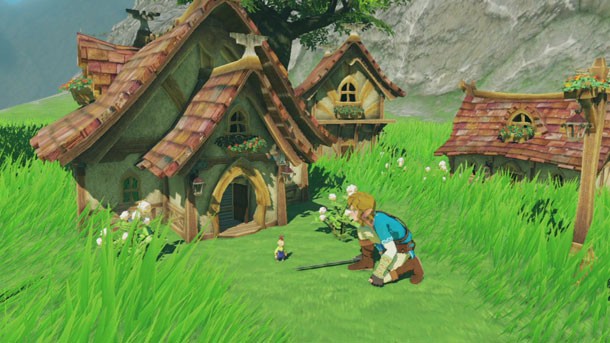
This morning, Nintendo released a three-part, behind-the-scenes video series discussing the development of The Legend of Zelda: Breath of the Wild. Many of the details of the documentary were covered during Nintendo's GDC panel, like early ideas revolving around aliens, but there are a number of new details, as well as better looks at the game's early concept art.

The videos feature interviews with director Hidemaro Fujibayashi, technical director Takuhiro Dohta, art director Satoru Takizawa, sound director Hajime Wakai, and Zelda series producer Eiju Aonuma.
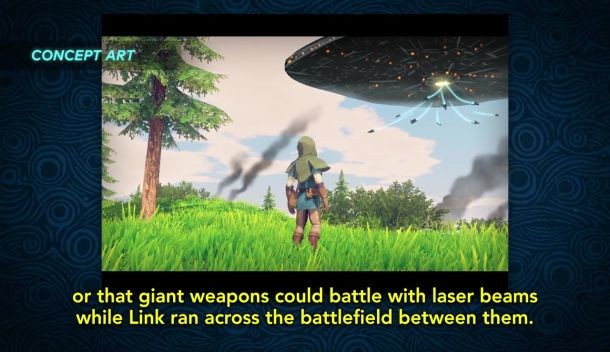
Development for the game truly began in the beginning of 2013 and the goal from the beginning was to break the conventions of the Zelda series. It was the team's motto. This is where the early ideas of alien invasion started, as well as the gif seen at the bottom of this page featuring Link outrunning explosions across a war-torn battlefield. Later in development, the team would take off a full week at a time to playtest the game. It's an atypical practice to devote so much time to playtesting, and it was one of many factors that contributed to the game's delays.

The video also offers a better look at Nintendo's internal 2D Zelda engine the team used to conceptualize concepts.

The game's art director also revealed that the general art design of the assorted Shiekah technology was inspired by the Jōmon period of Japanese history, which Takizawa says is an era few are familiar with.


Link and Ganon's designs were pretty straightforward, though some early concept ideas for Link show an older soldier missing an arm who can apparently change his arm to different weapons, like a cannon for shooting bombs.
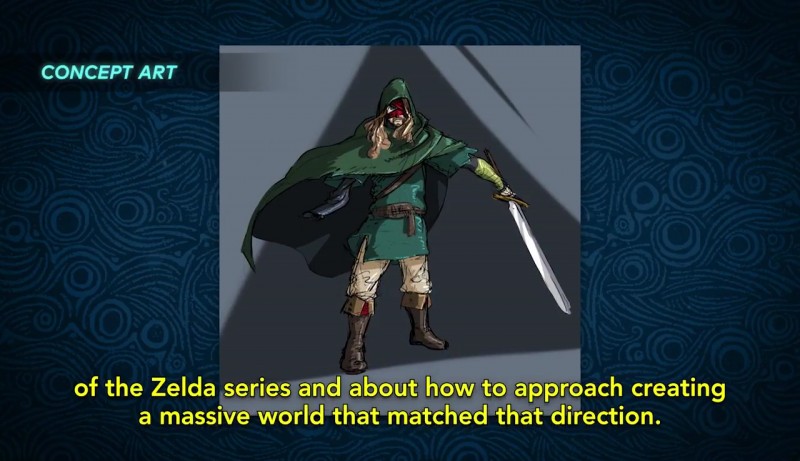
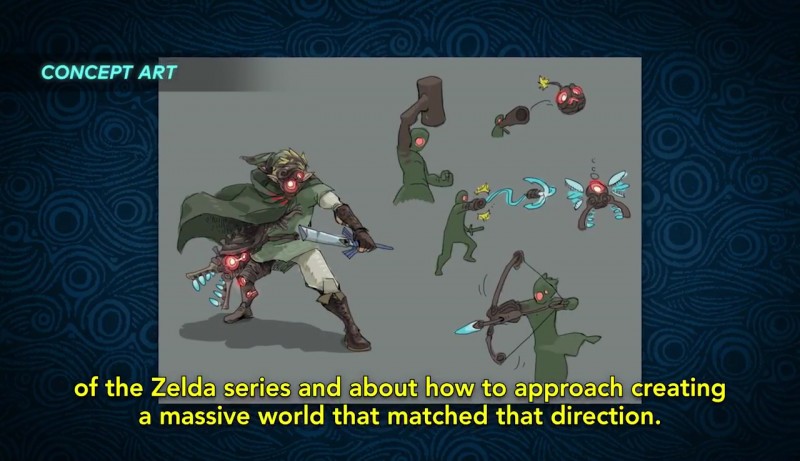
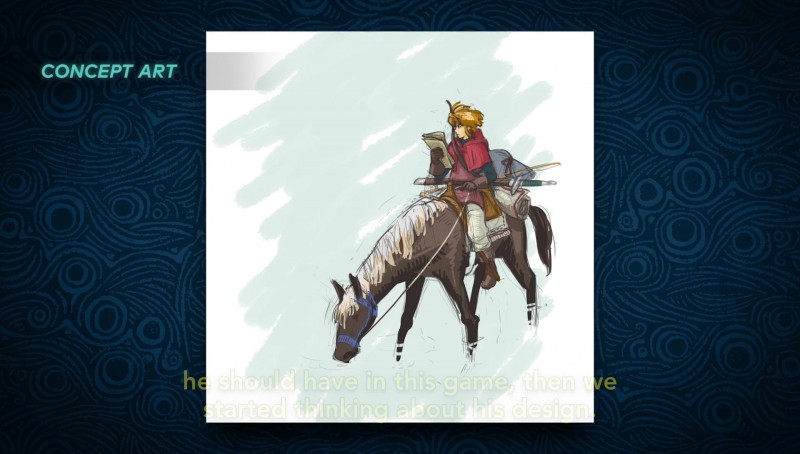
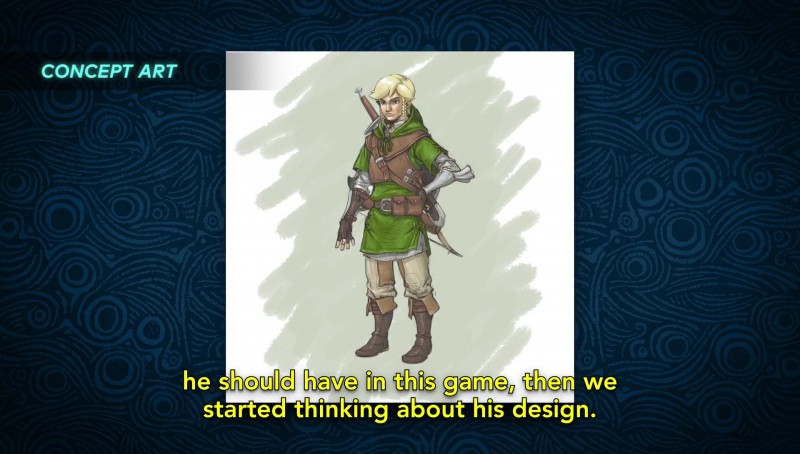
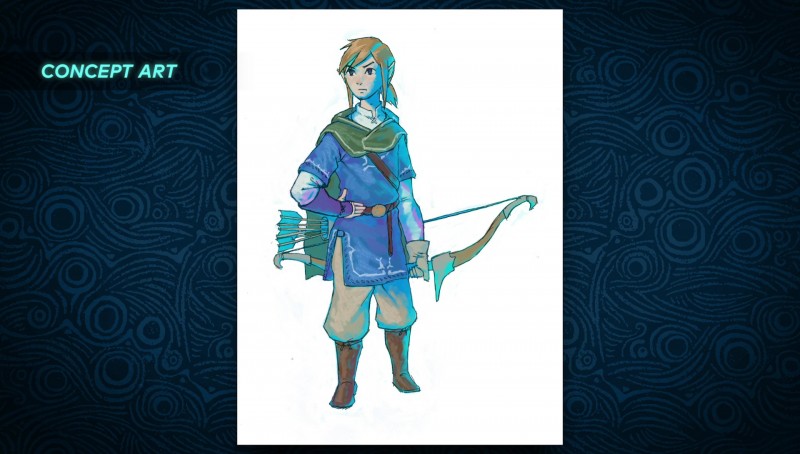



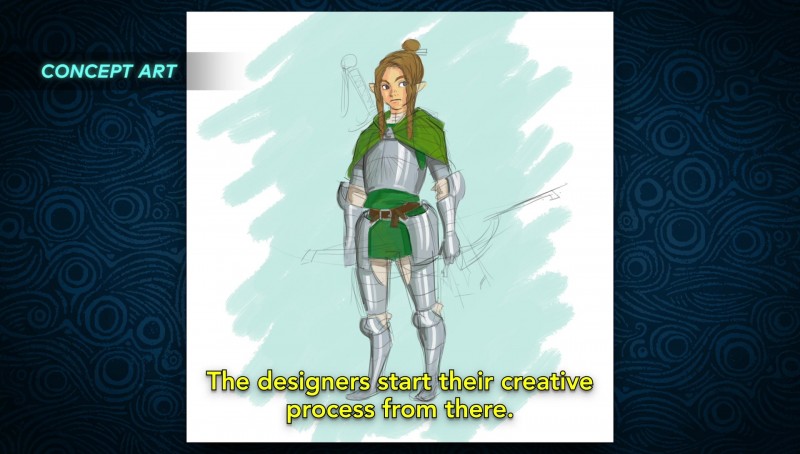
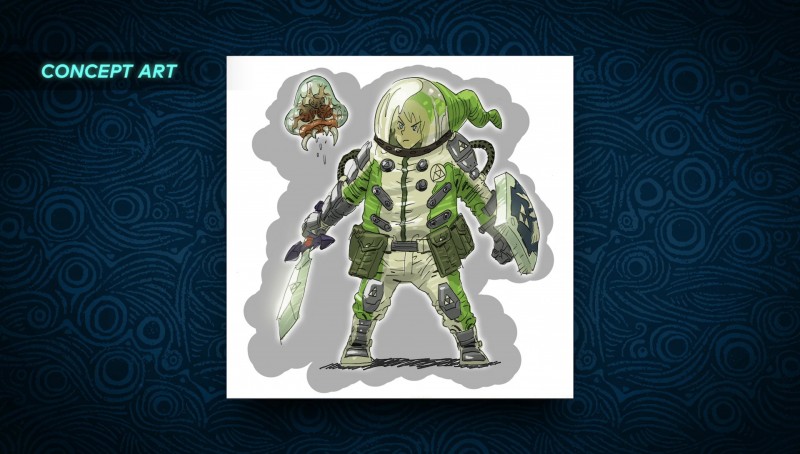

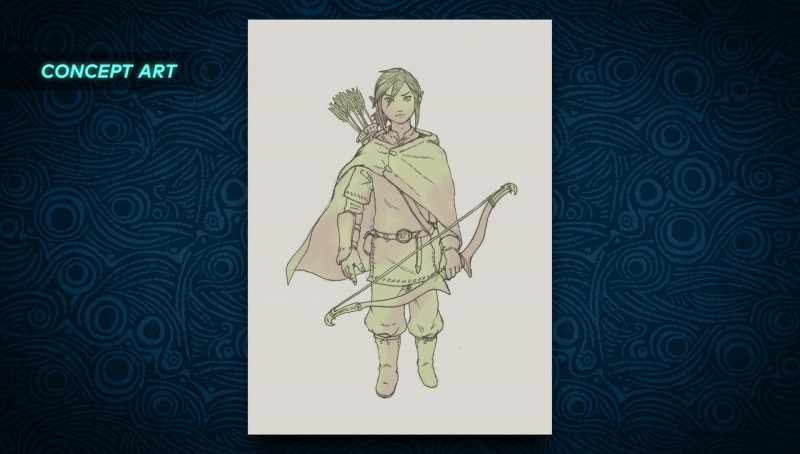
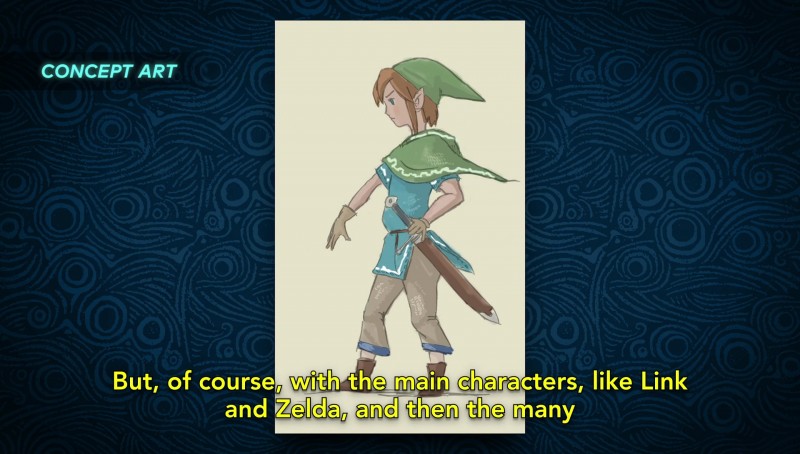



Fujibayashi says Zelda was particularly difficult for the team to design and they were making changes up to the last second. They really wanted her to have a range of emotions. As an aside, Fujibayashi mentioned that in Skyward Sword, Link and Zelda could be seen as lovers, but here their relationship is more ambiguous.


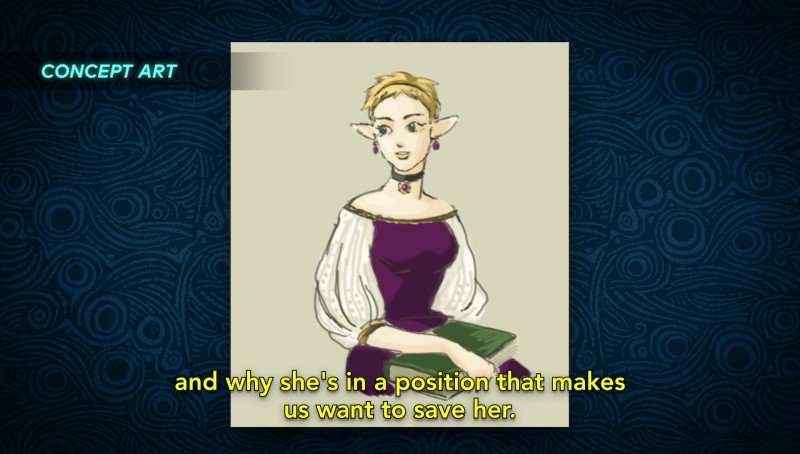
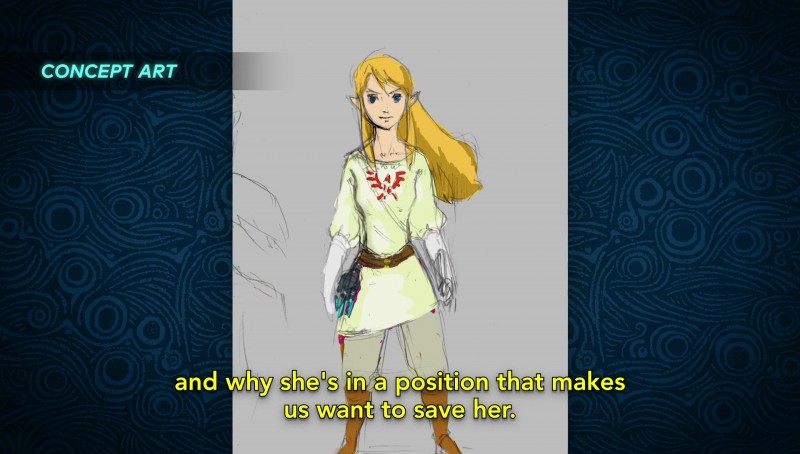
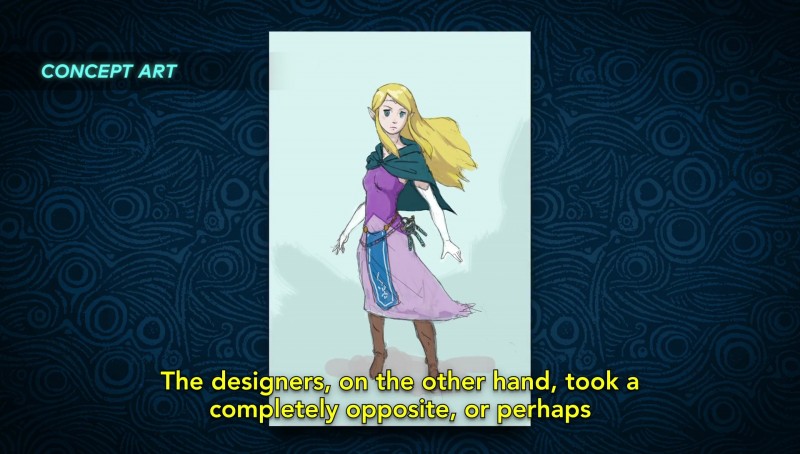

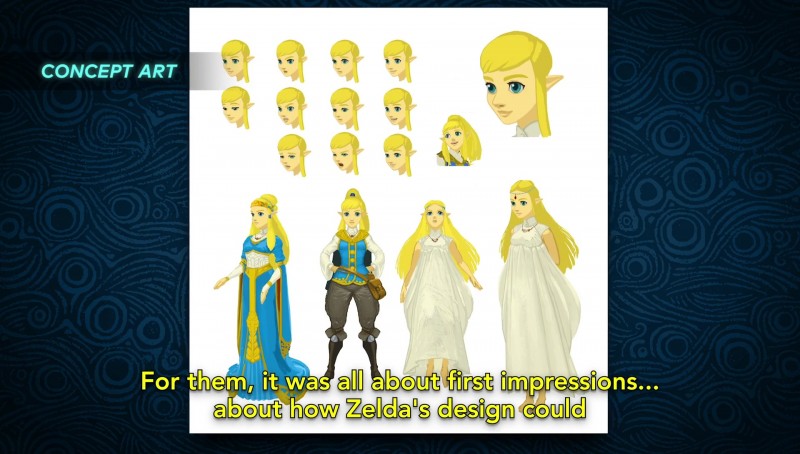

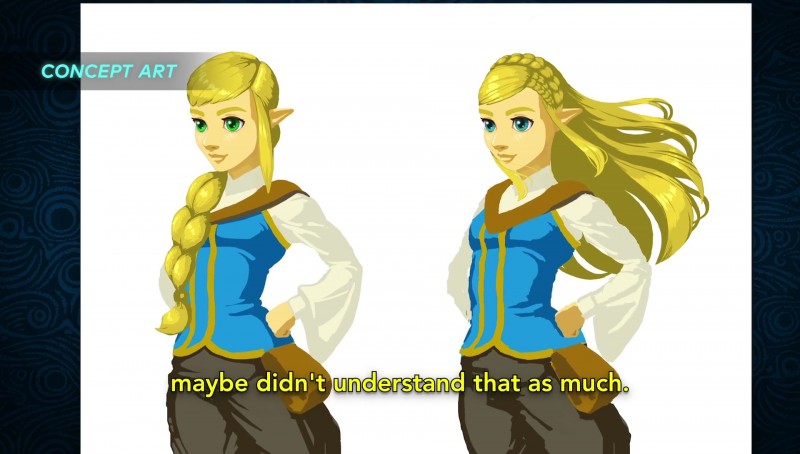

Another last-second change is related to the game's boss character, the Hinox. You can actually see it is colored differently in some of the game's final trailers than it is in the final game.


The Guardians, Breath of the Wild's iconic and powerful octopus-like robots, have surprising beginnings. The team recalled playing the original Zelda and how large and imposing they felt, and they wanted to bring that type of enemy back for the new Zelda. Aonuma admitted, however, that he did not expect them to shoot lasers.
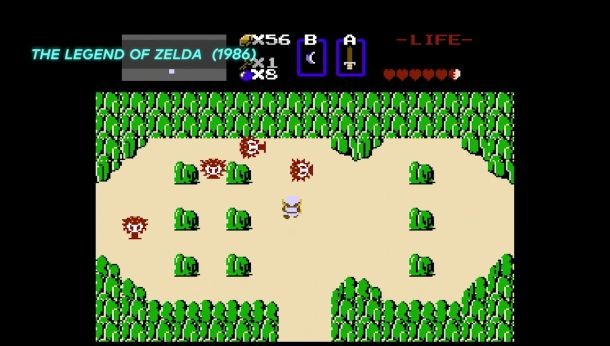
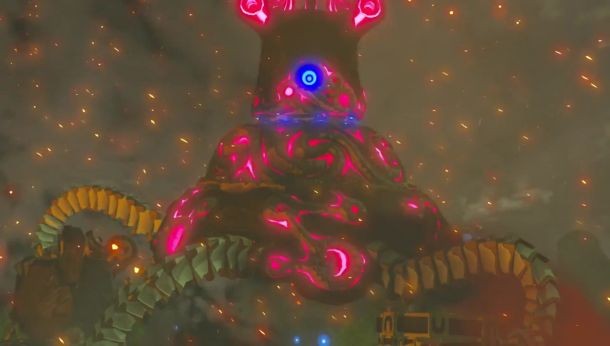
In terms of the enemies, Wakai also mentioned struggling with what sort of horn the bokoblins should use, saying that early on they experimented with them blowing a french horn to alert their peers, but someone on staff brought in a horn-shaped horn and its sound is the one that actually ended up in the game.

An abandoned concept for the game included small villages with Minish-like people. Fujibayashi expressed regret at not being able to include the concept in the final game.

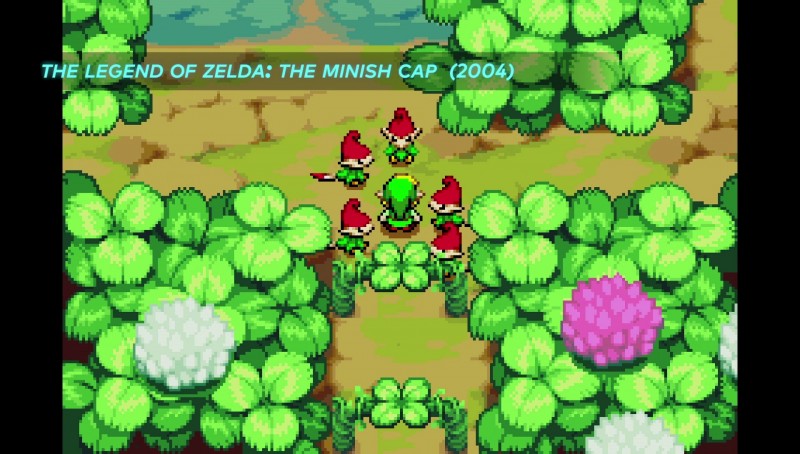
According to Fujibayash, the game's size (which is 12 times the size of Twilight Princess' Hyrule) was based heavily on Nintendo's home city, Kyoto.
The sound design of the game focused more on the ambient noises of the world, with the music being more subtle and piano-focused. Wakai was nervous about making the score so piano-heavy, as Zelda orchestration has never relied on piano in the past.
For more on The Legend of Zelda: Breath of the Wild, you can find our review here. You can also click the banner below to access our month of bonus coverage from our cover story.
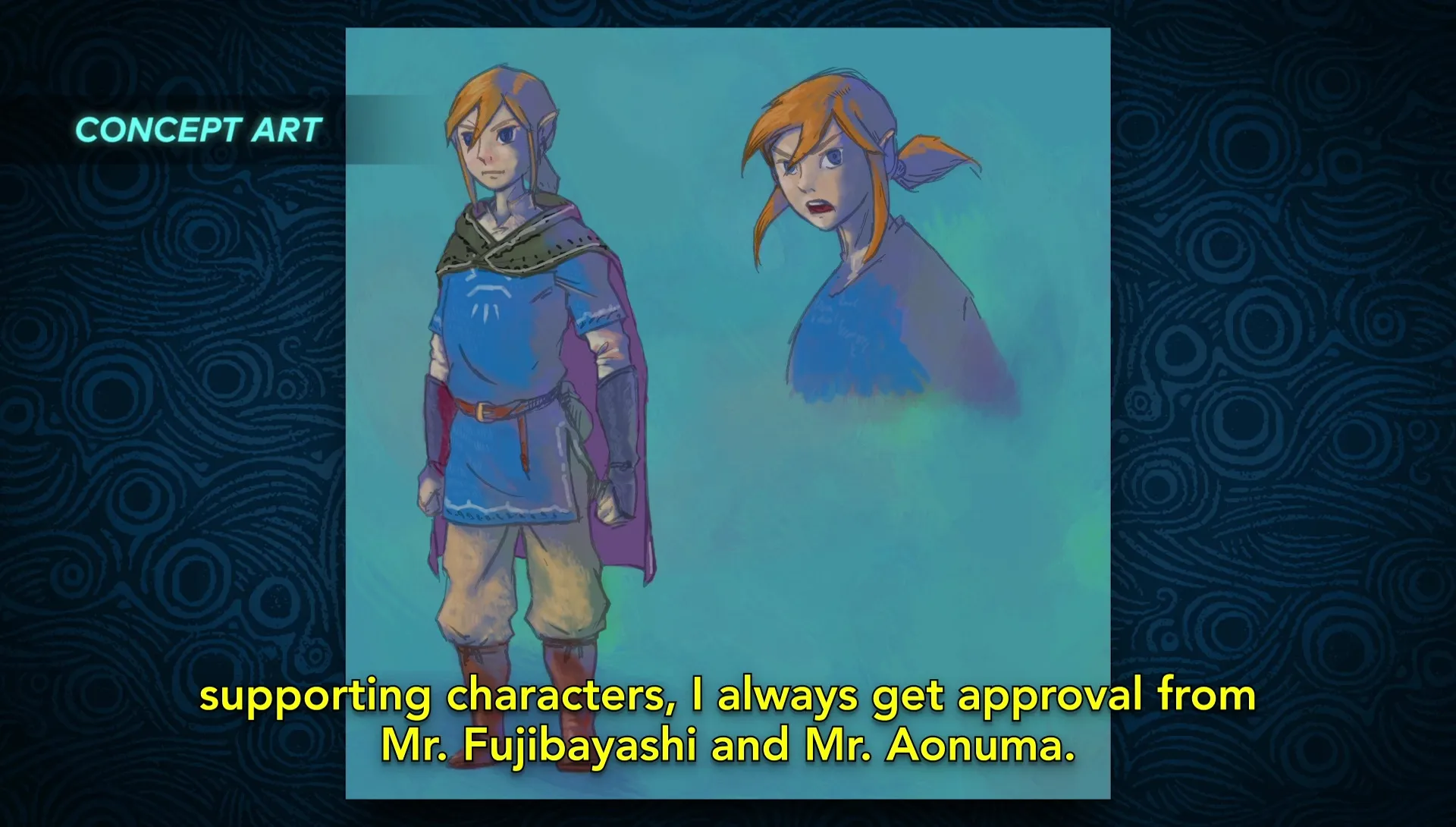
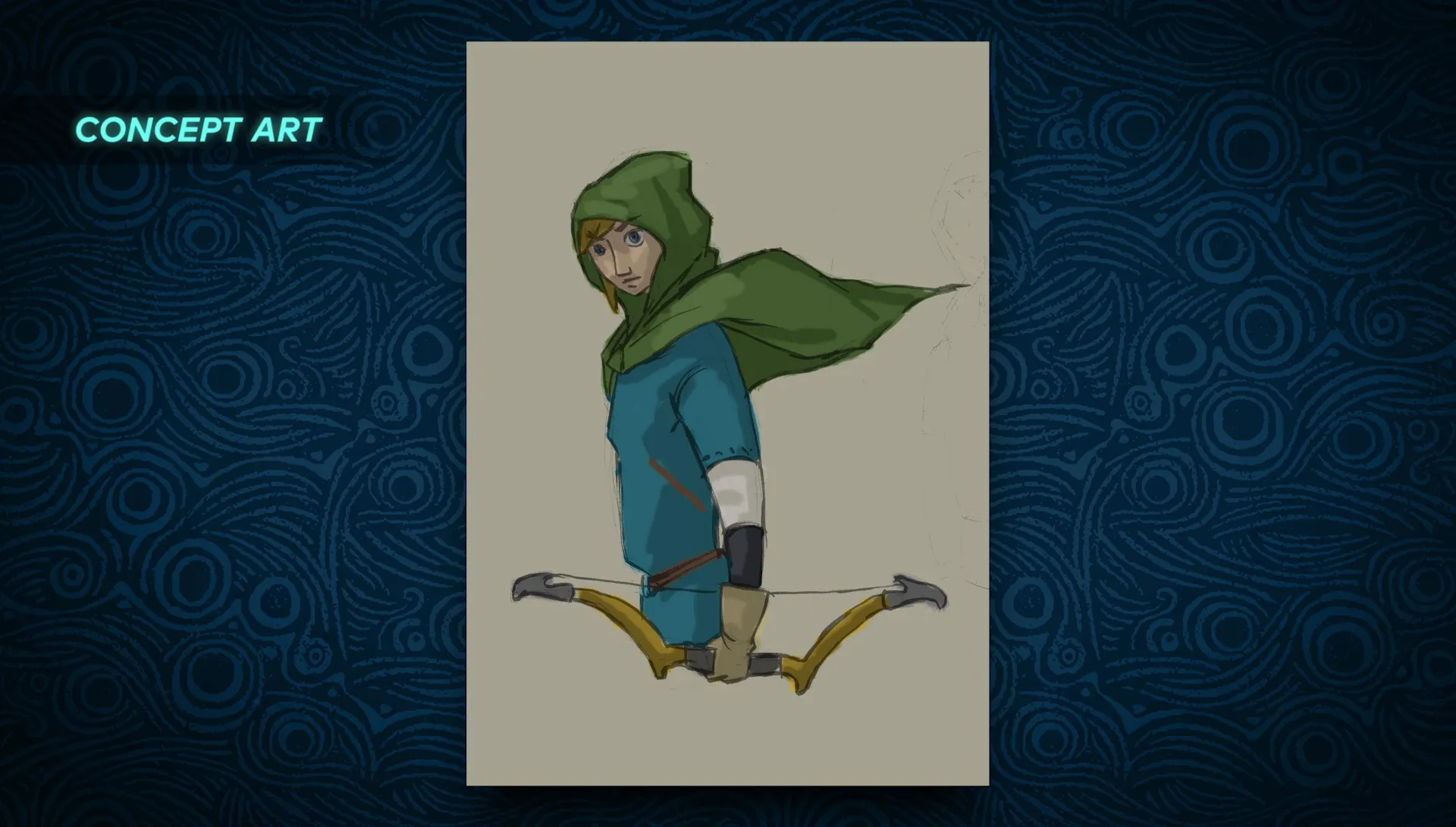
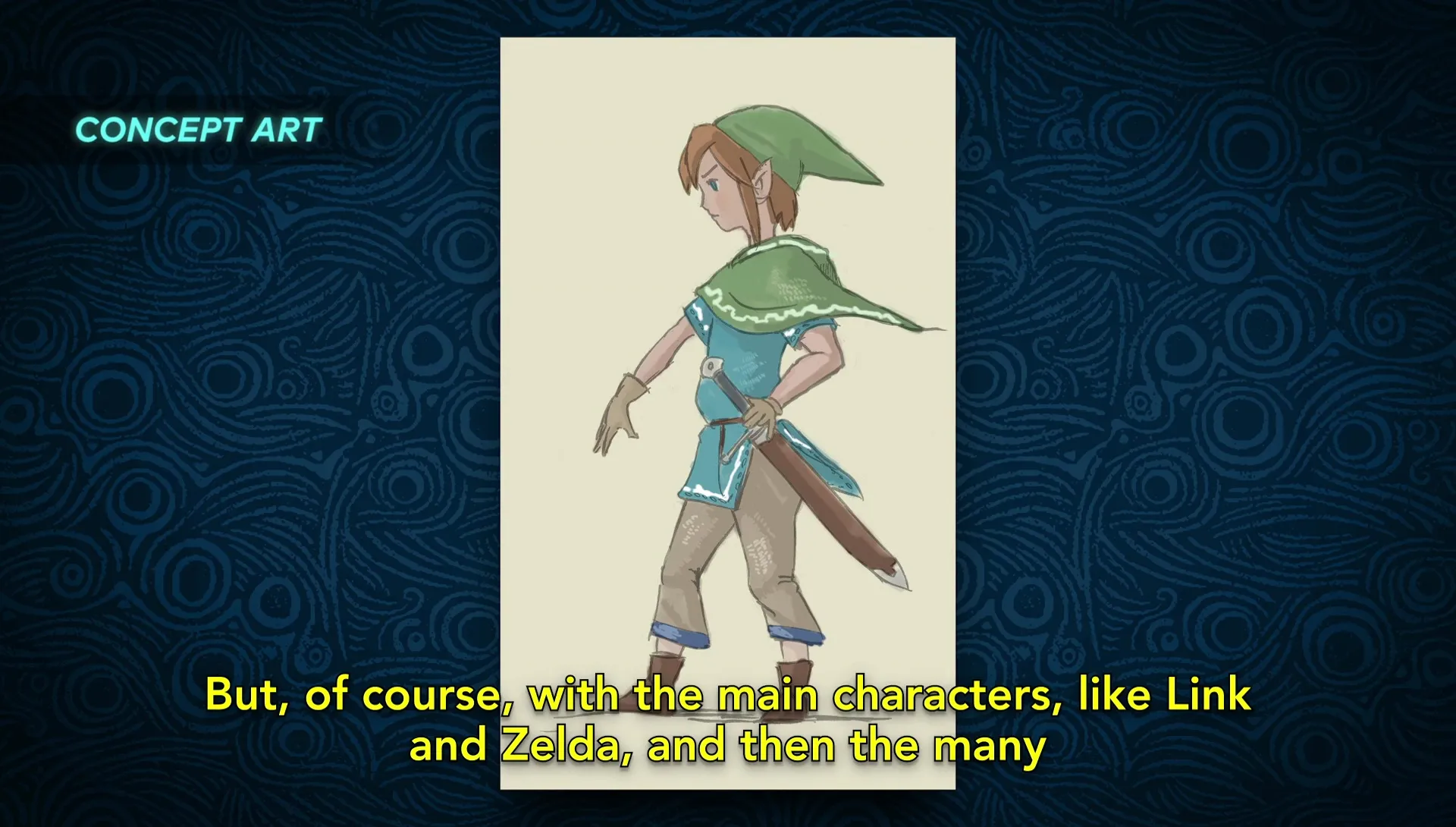
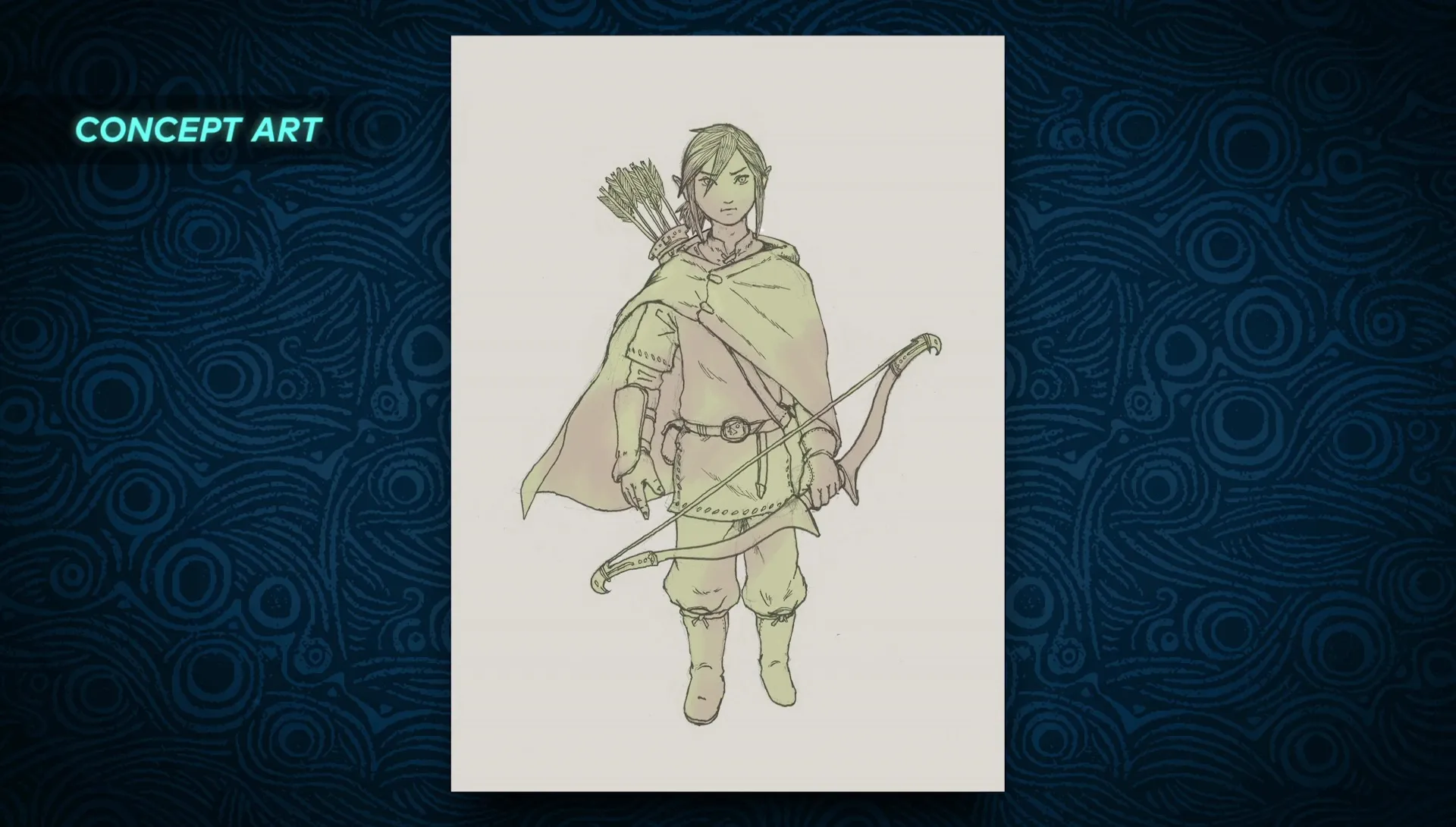
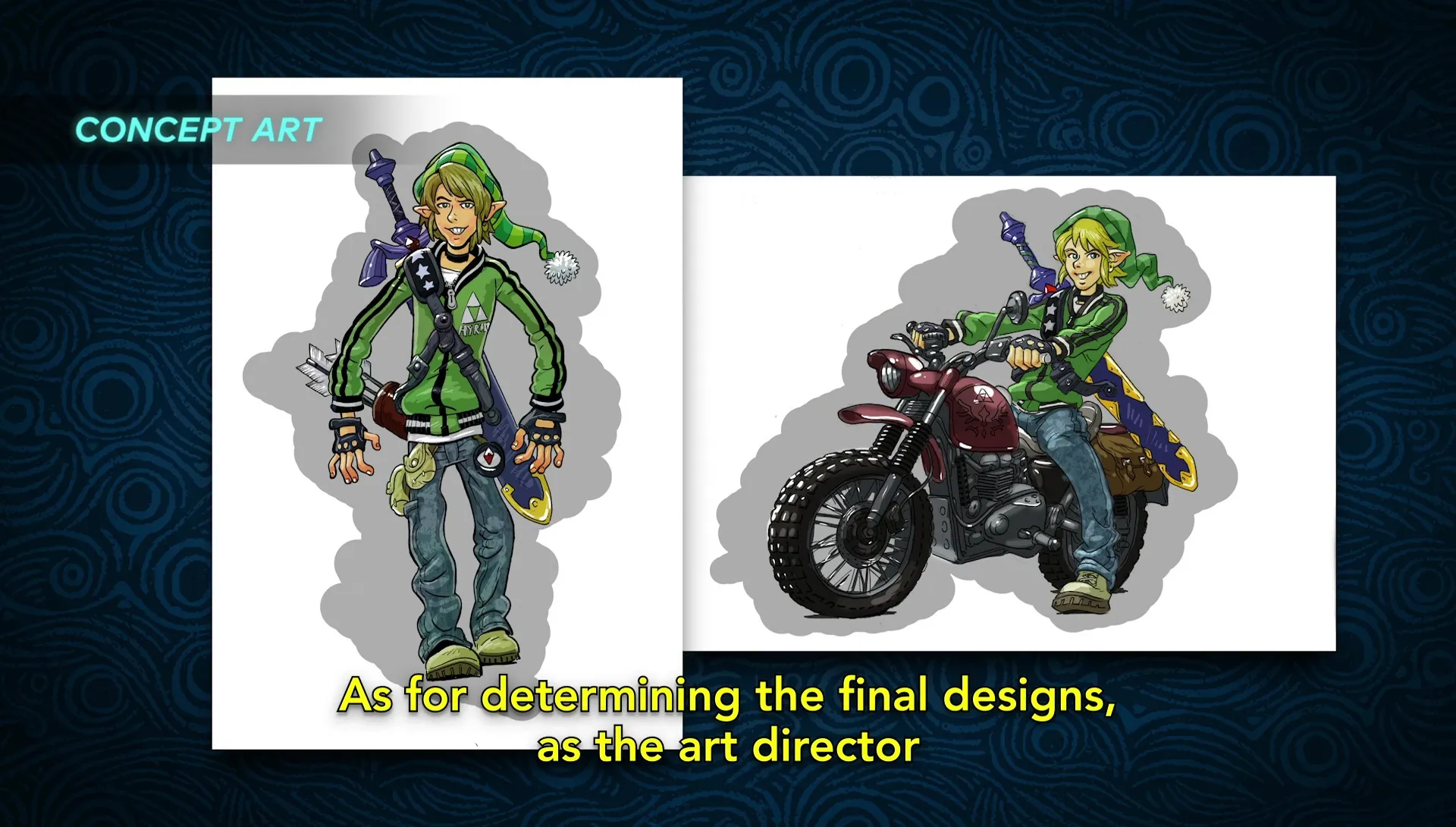
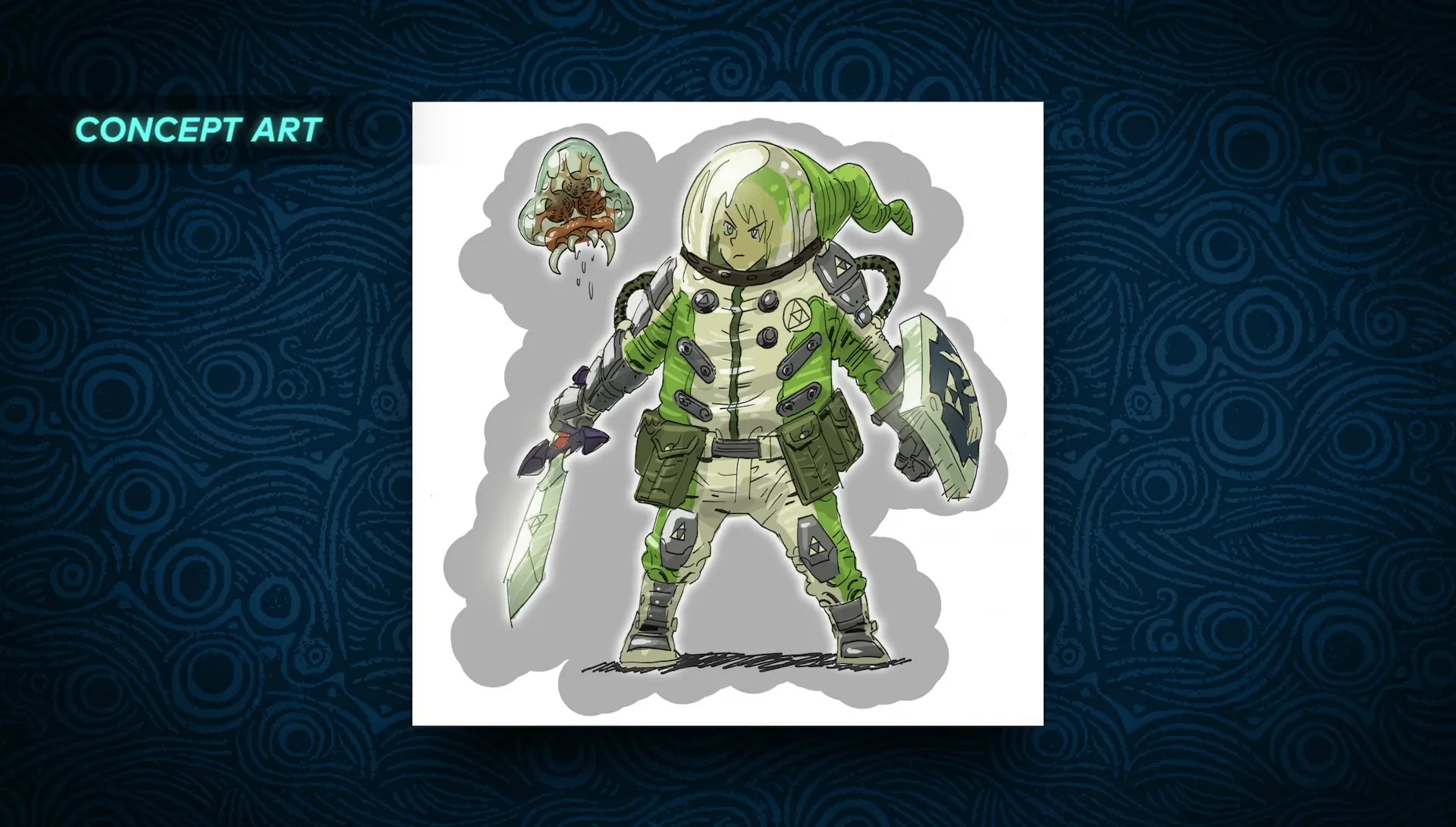
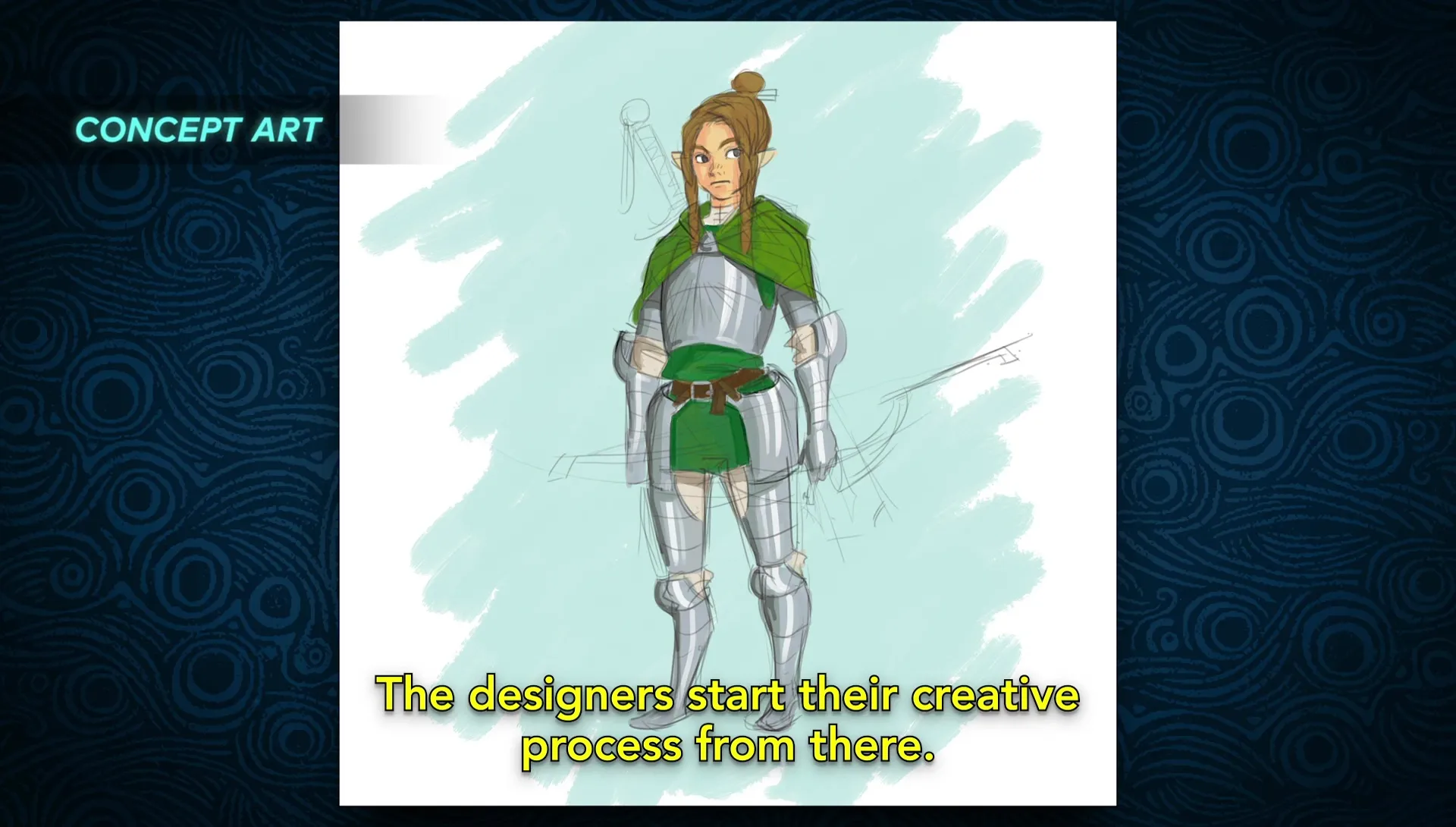
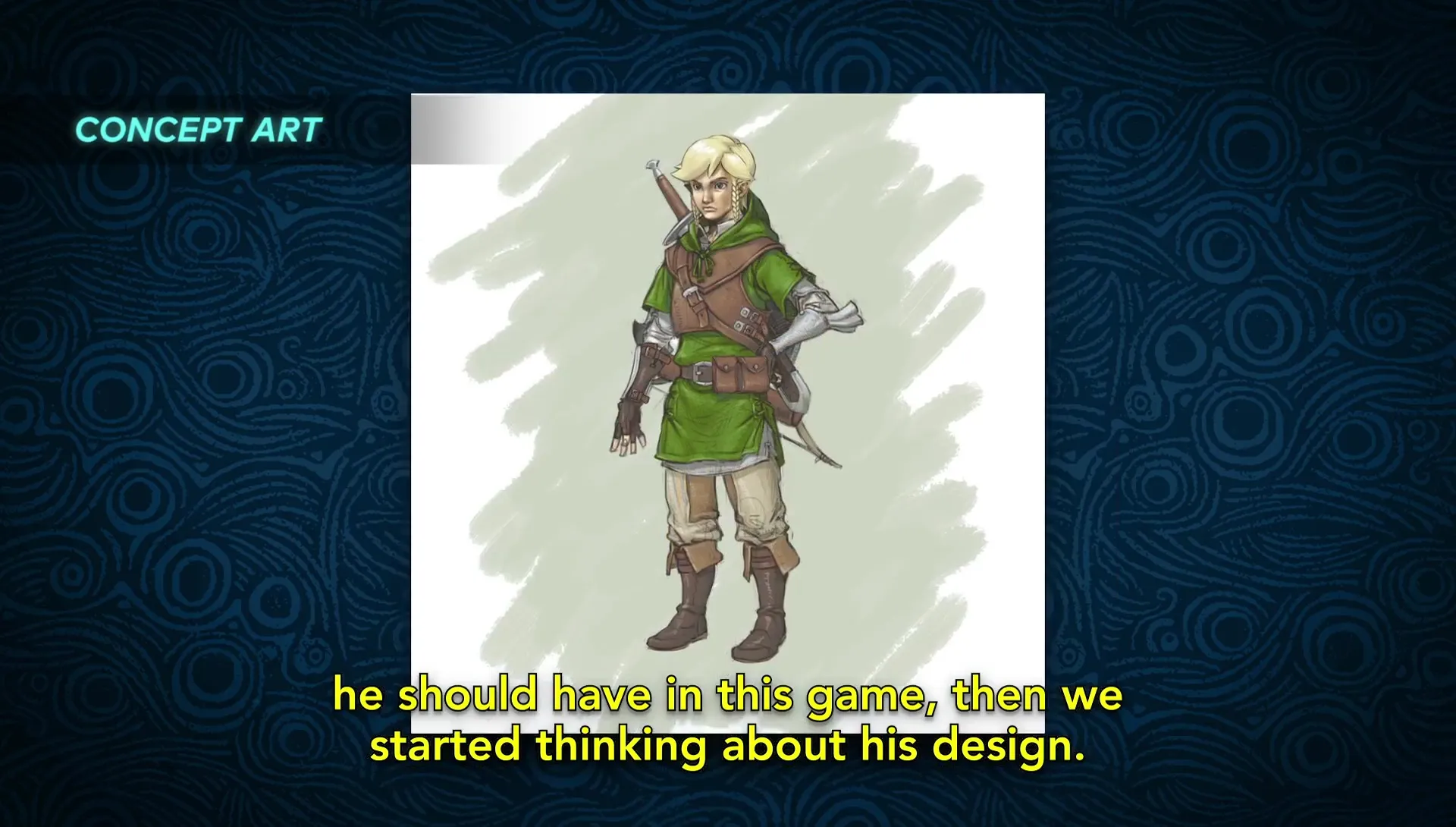
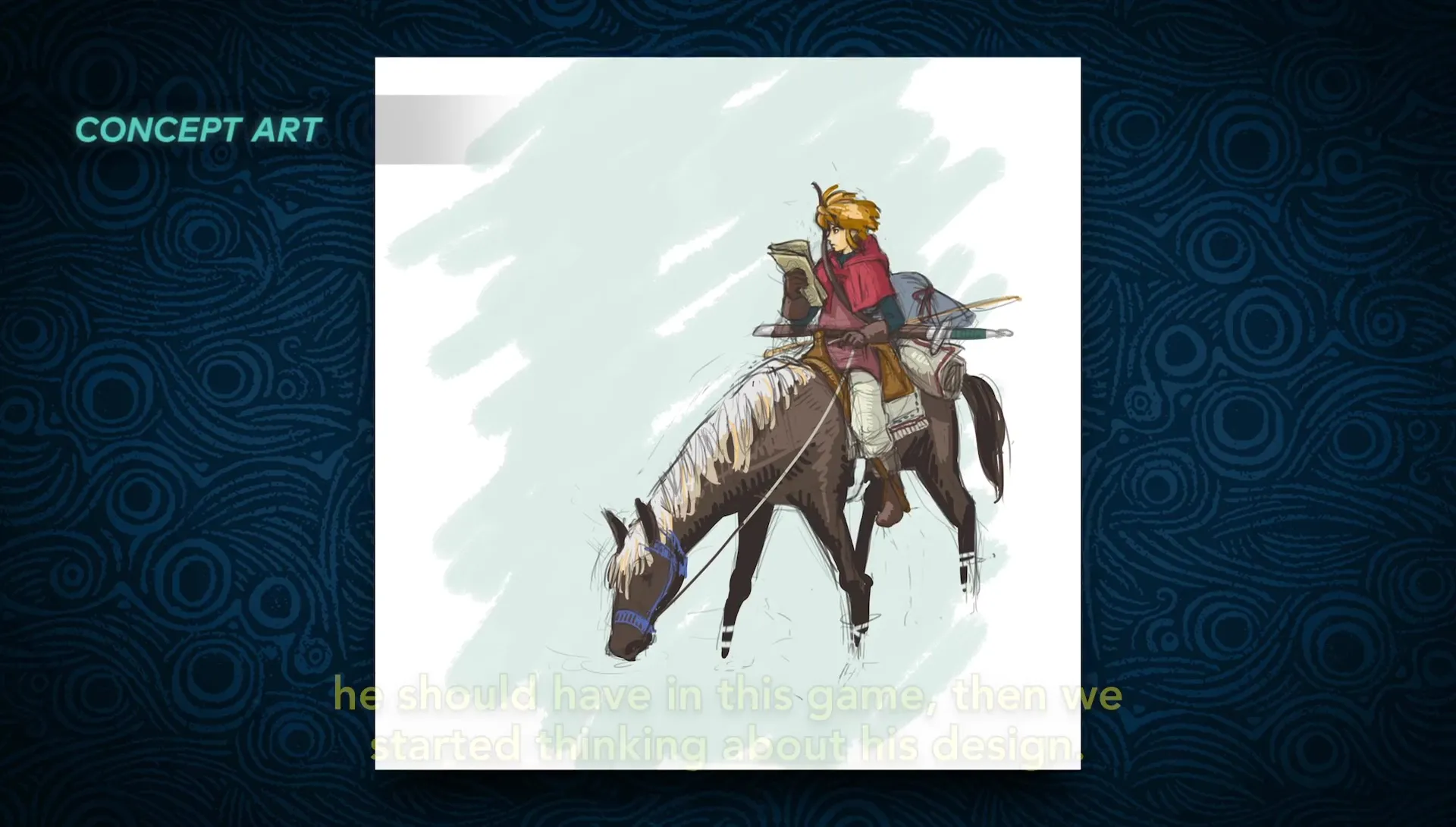
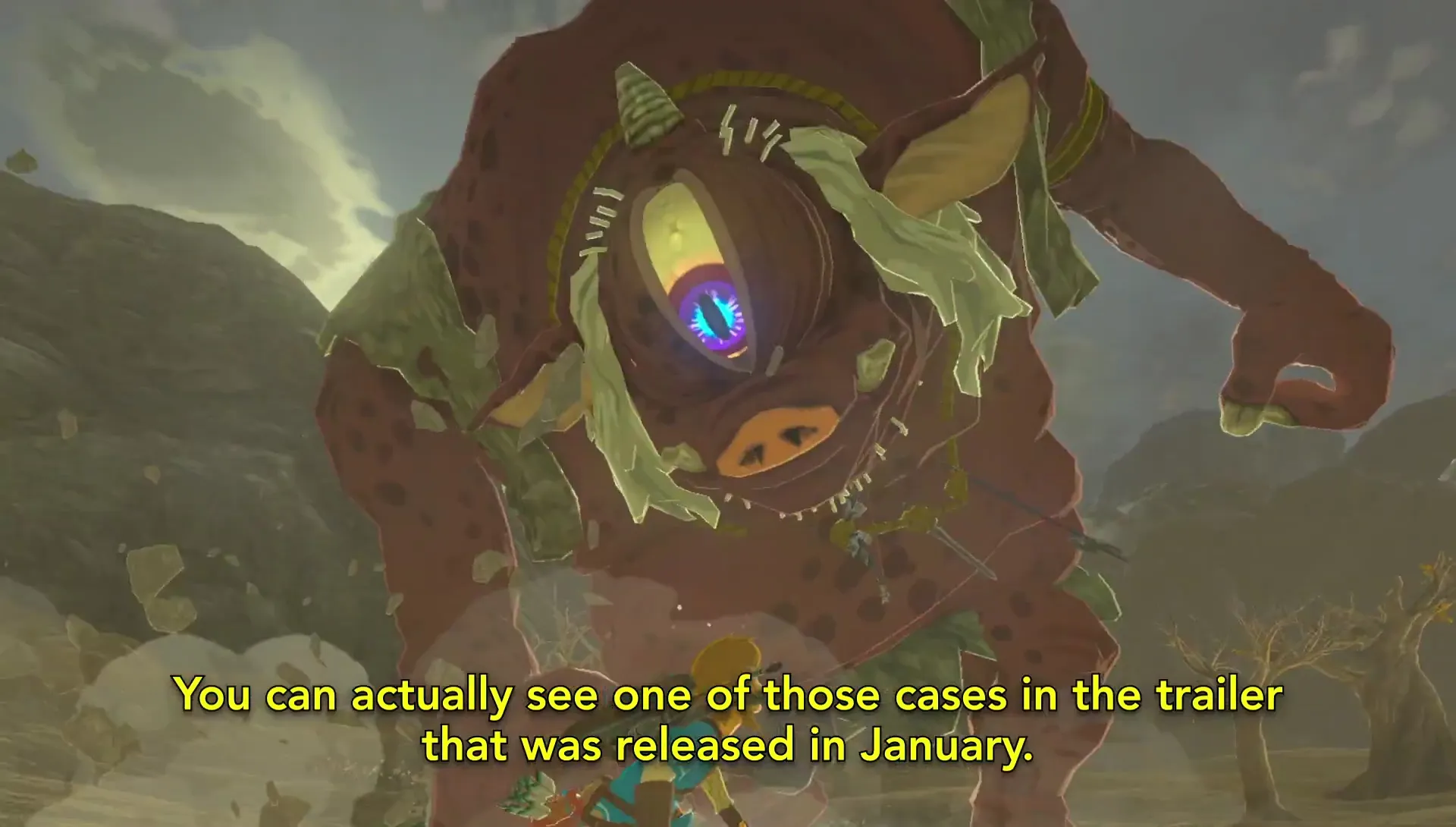
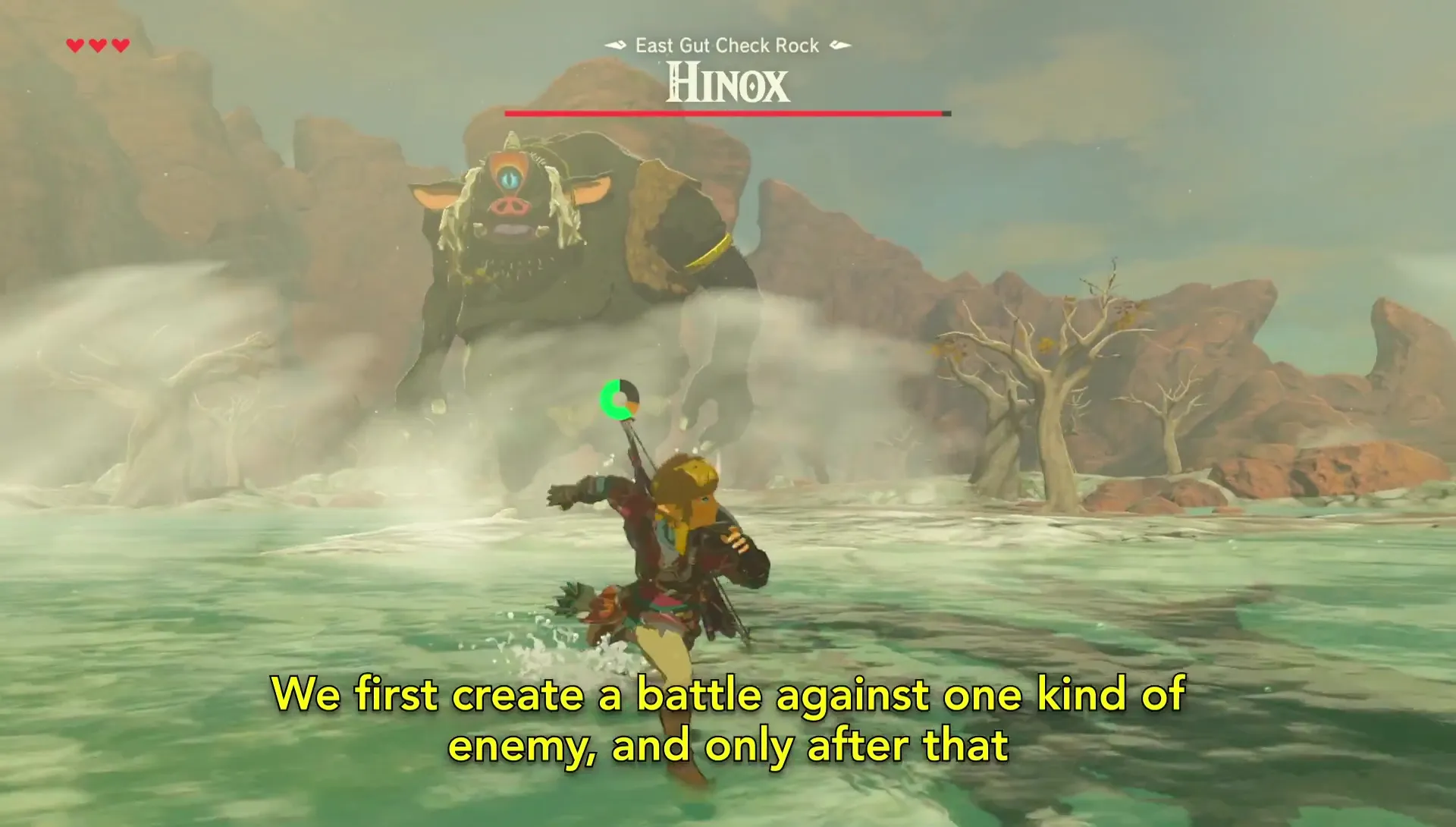
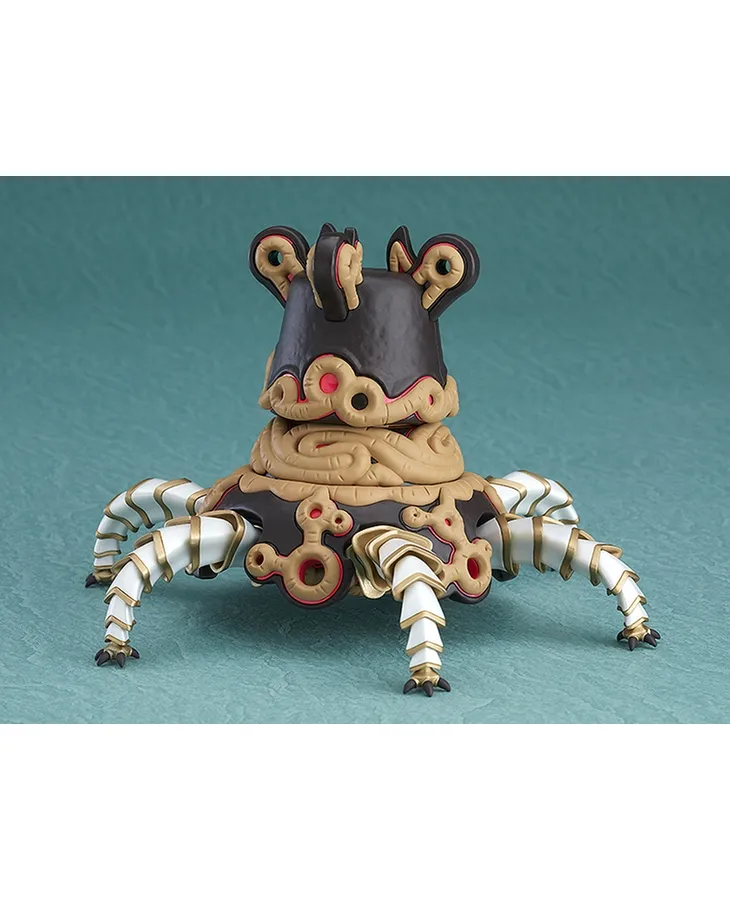
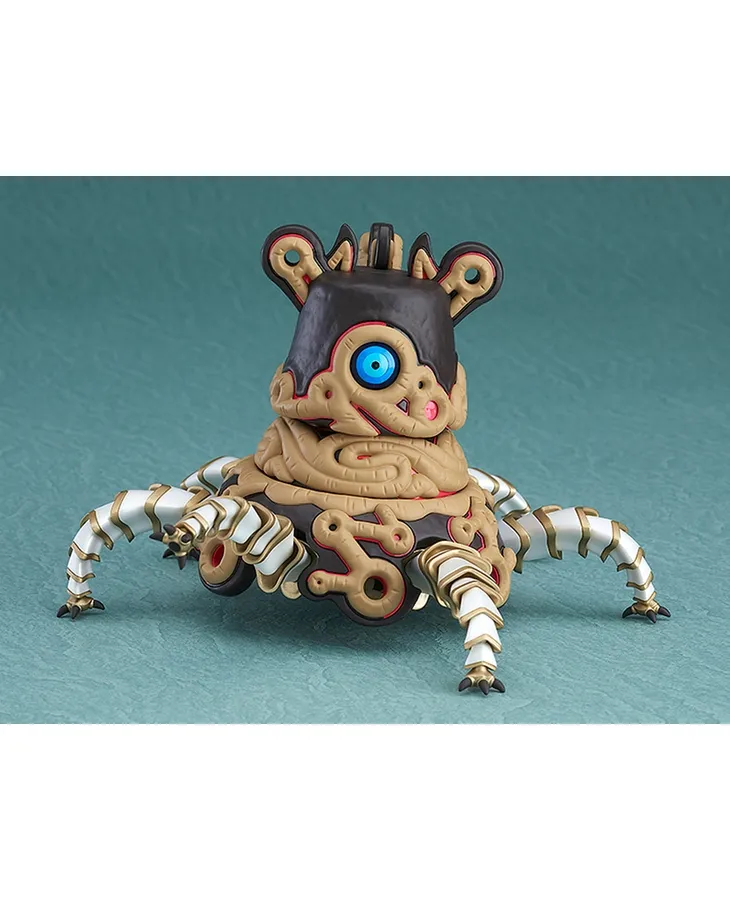
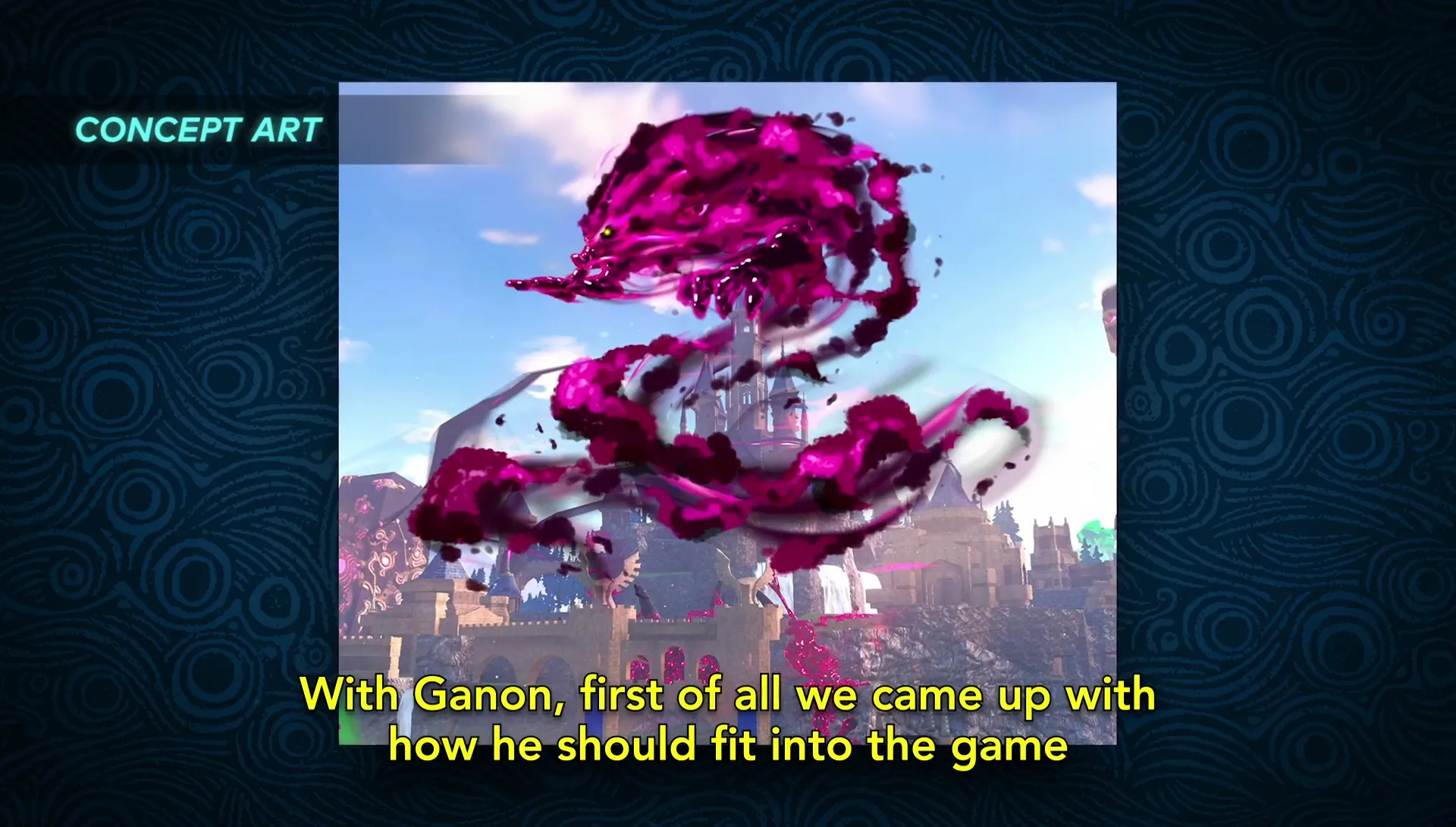
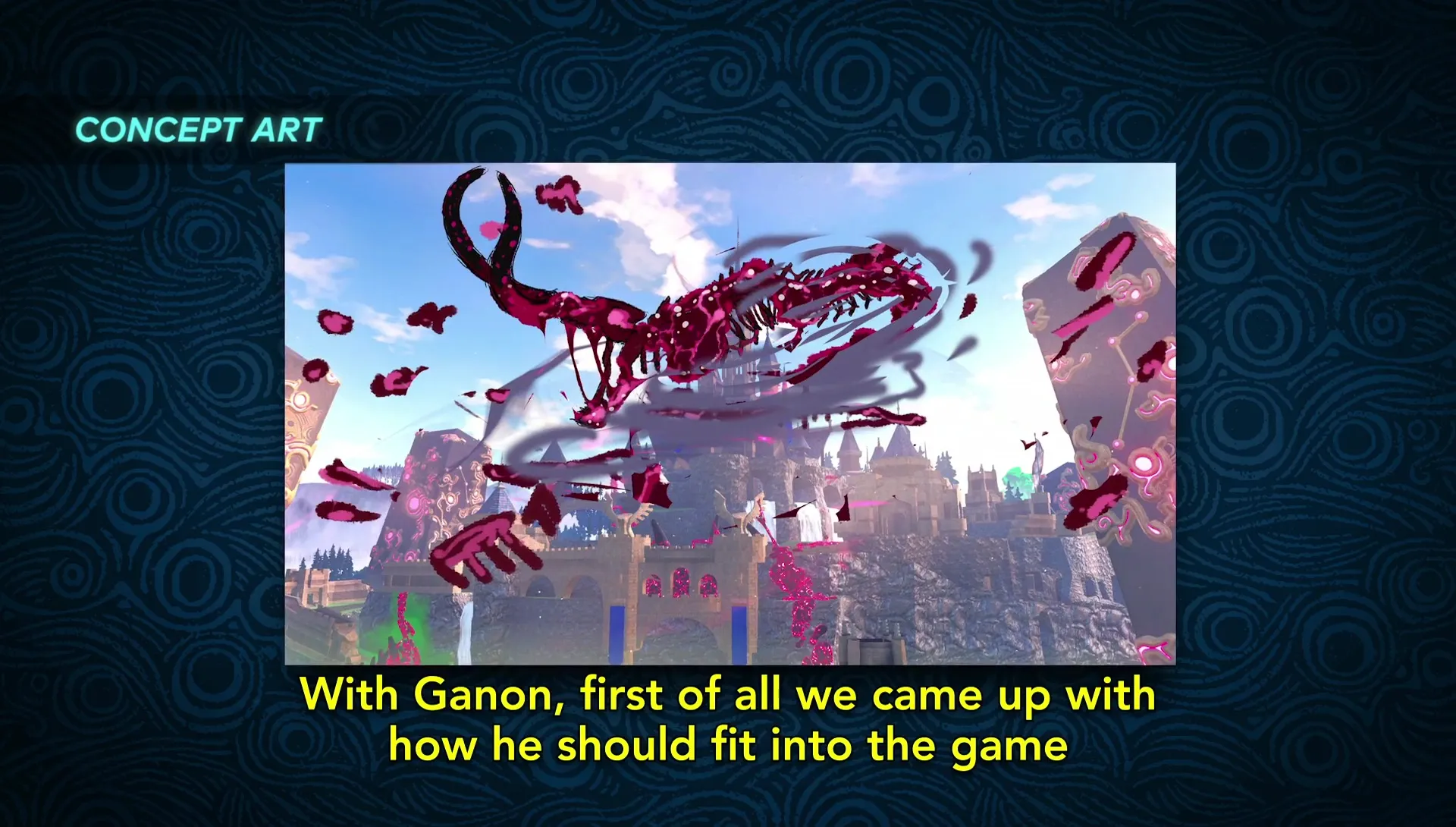
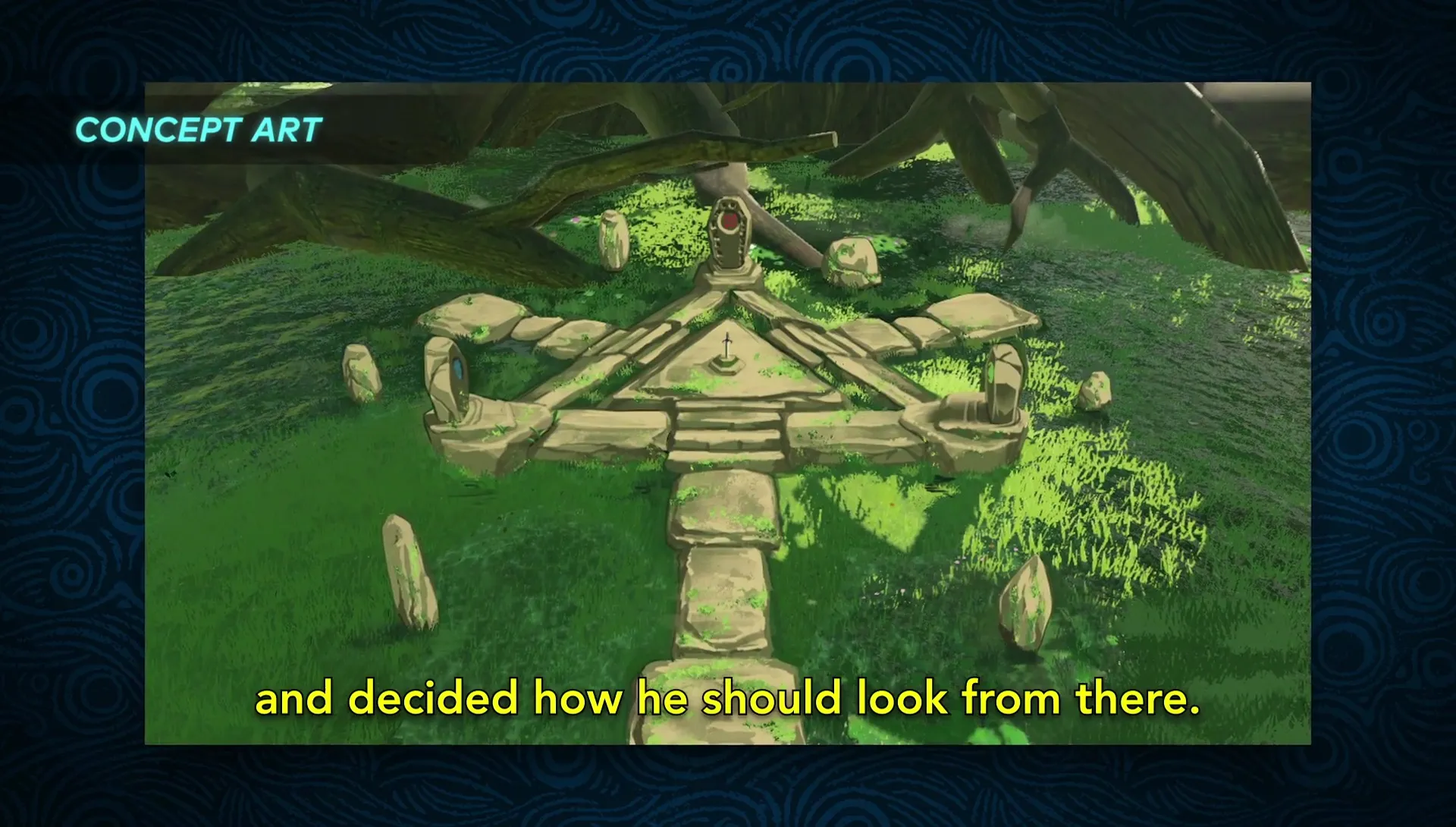
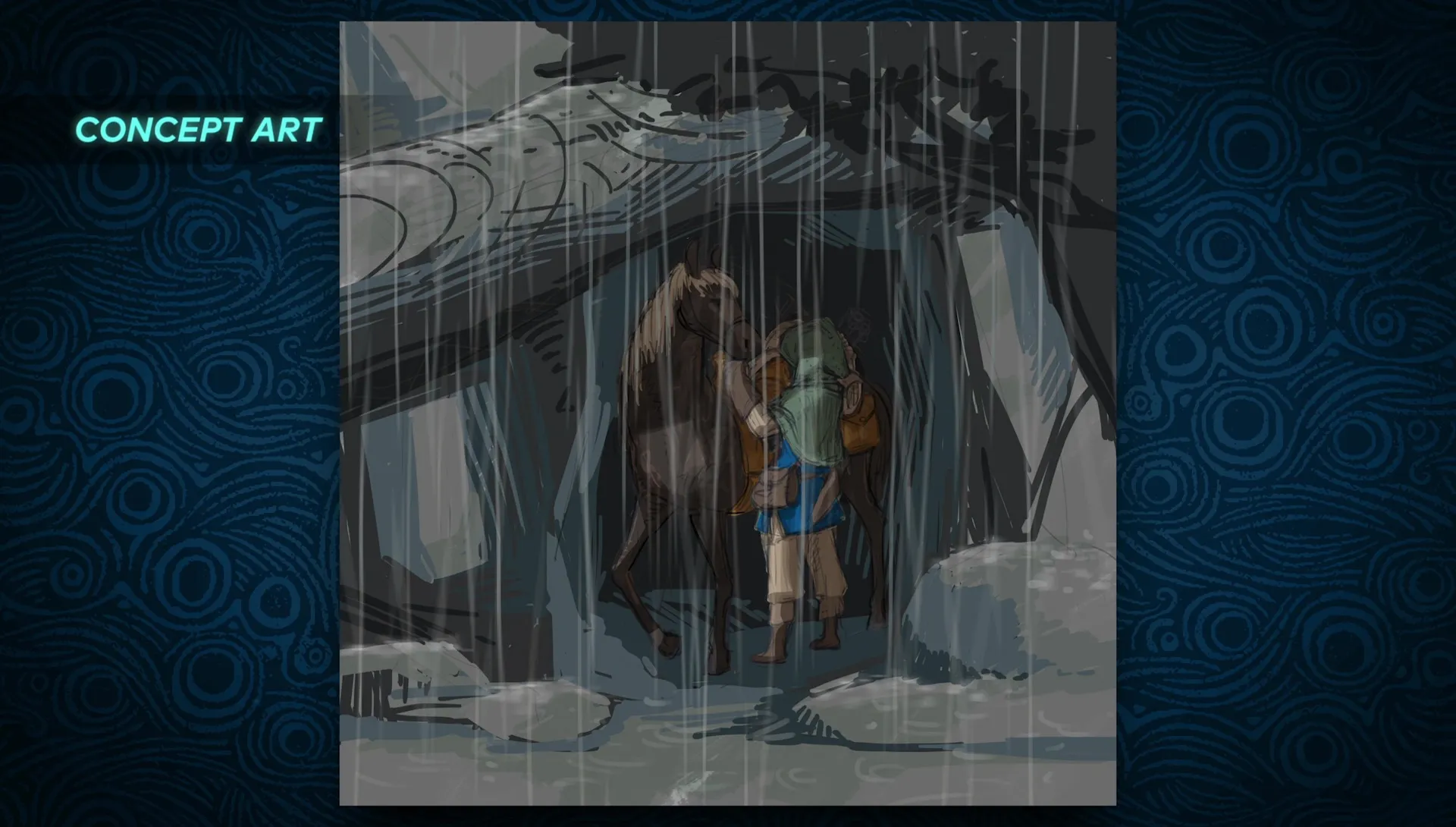
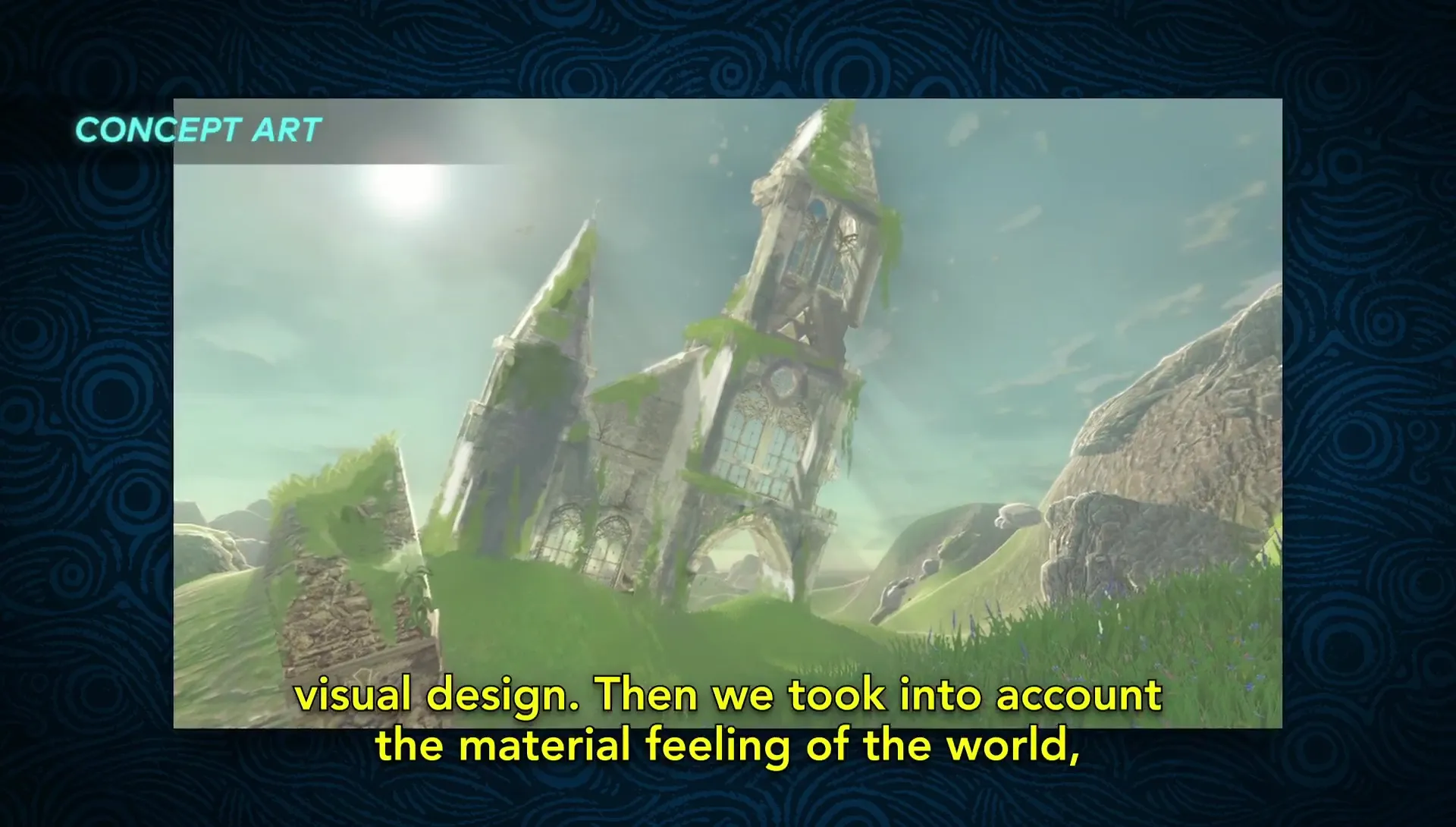
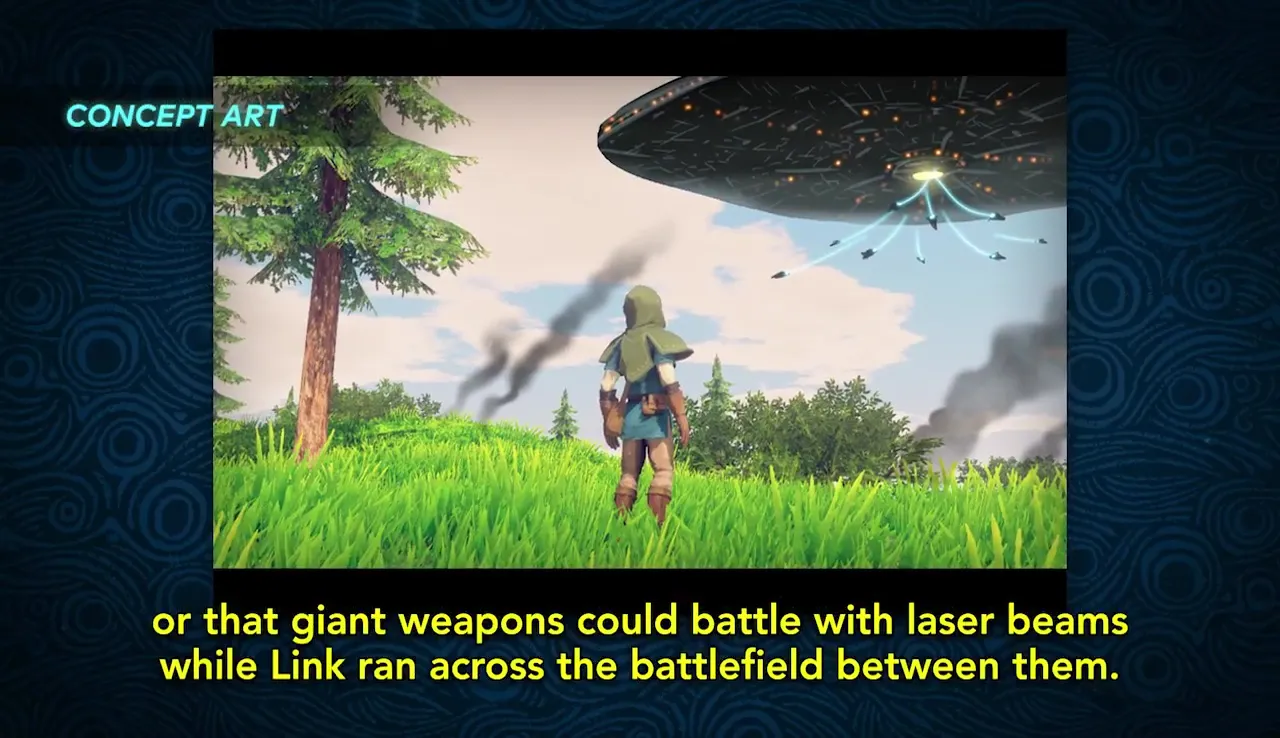
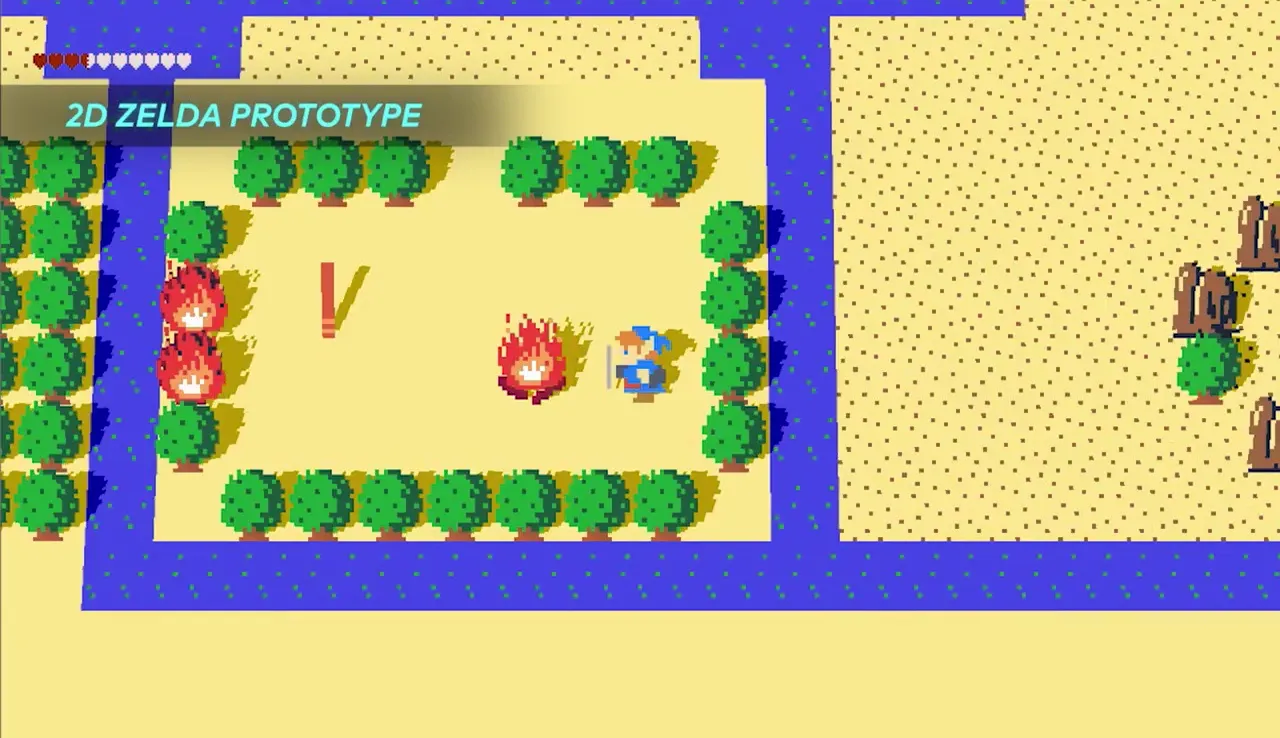

Get the Game Informer Print Edition!
Explore your favorite games in premium print format, delivered to your door.
- 10 issues per year
- Only $4.80 per issue
- Full digital magazine archive access
- Since 1991










